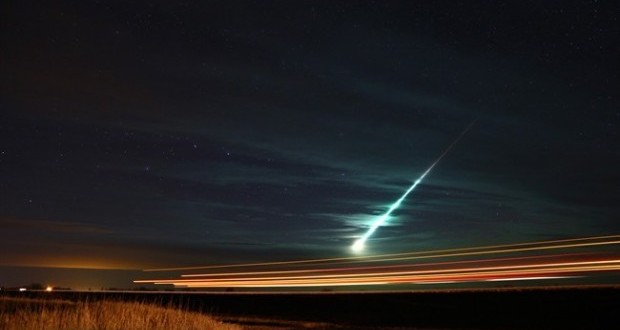Bill Allen knew the aurora borealis Sunday night would be “epic” — but he wasn’t expecting to capture a stunning meteor photo.
“As soon as it went through the frame, I was pointing right at it. I shut the camera off I saw it in the back of the camera and I knew I had an epic shot right there,” Allen told CTV News, “I’ve seen lots of fire balls and I’ve actually had the camera set up, trying to catch whatever northern lights or whatever, I’ve seen some big ones but they’ve never gone through the frame like that.”
Allen said the first person he sent the photo to was his idol and Saskatchewan’s tornado hunter Greg Johnson.
Over social media Johnson said this meteor was part of the Taurid meteor shower that’s expected to peak in the night’s sky this week.
Allen recalls watching a bright flash of light cross the sky followed by a crackle with an orange glow, probably the result of the so-called meteor crashing into the earth. But there’s Allen has no idea where the meteor may have landed.
https://twitter.com/OutwestK9/status/663550318416756737?ref_src=twsrc%5Etfw
According to NASA, the Earth passes through a broad stream of debris left by Comet Encke every year from September to November. The dust associated with the comet hits the Earth’s atmosphere at 65,000 mph and burns up, creating the Taurid meteor shower, NASA says.
The meteors can be seen any time the constellation Taurus is above the horizon during the months of September, October, and November, NASA says.
Agencies/Canadajournal
 Canada Journal – News of the World Articles and videos to bring you the biggest Canadian news stories from across the country every day
Canada Journal – News of the World Articles and videos to bring you the biggest Canadian news stories from across the country every day



